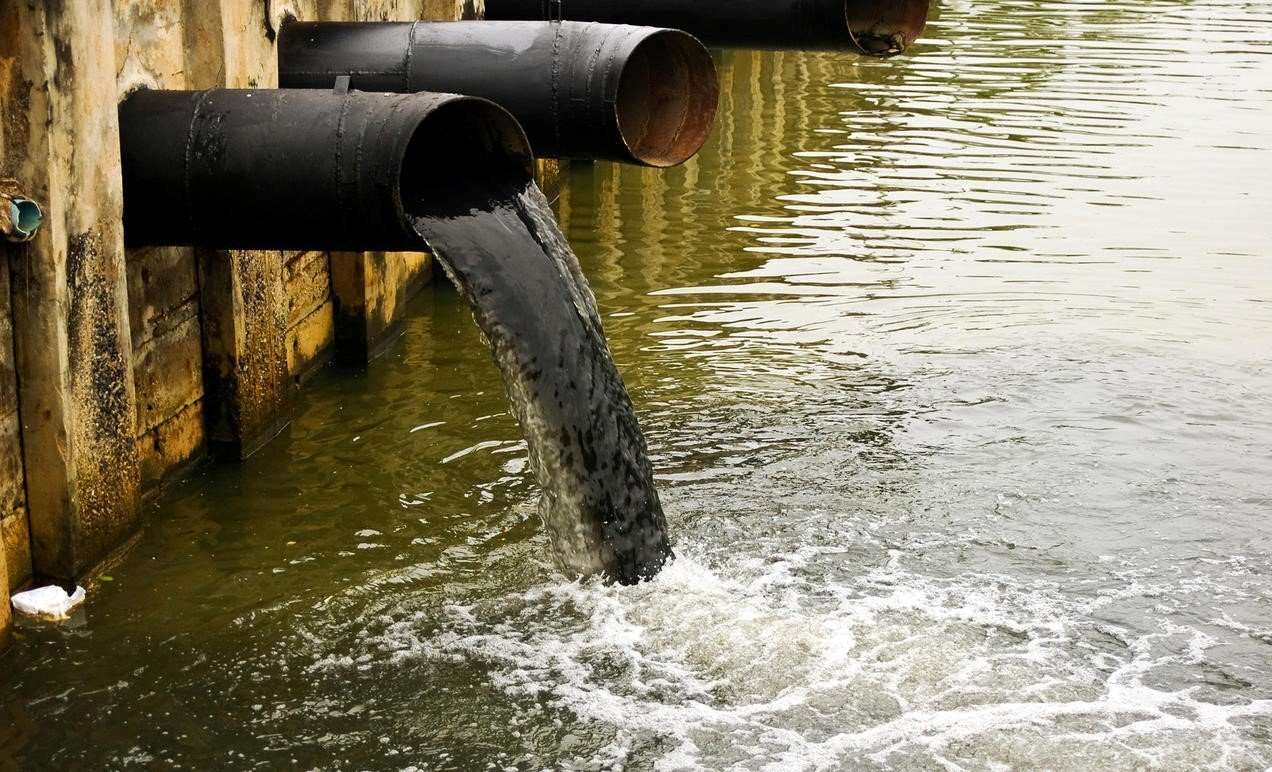
Key Considerations for Effective Industrial Effluent Treatment
Effectively treating industrial effluent is essential for a wide range of facilities, especially as environmental and economic pressures continue to rise. Choosing the right treatment process can be challenging, but focusing on these four key areas can help ensure success.
Prioritise Consent Limits
Every industry has a responsibility to ensure its trade effluent complies with local, regional, and national regulations. Adhering to these consent limits is crucial for both environmental protection and legal compliance.
An effluent consent is essentially a licence allowing a business to discharge wastewater into a sewer, river, lake, or another external source. This consent includes specific limits that must be met, which are based on the wastewater’s composition and the industry’s criteria. These criteria often include:
- Temperature
- pH Levels
- FOG (Fat, Oil, and Grease) Content
- COD (Chemical Oxygen Demand)
- Proportion of Suspended Solids and Sulphates
- Presence of Heavy Metals and Industry-Specific Chemicals
Regulatory authorities typically require regular testing of wastewater, with periodic audits and spot checks to ensure compliance. Failing to meet the consent limits could result in your licence being revoked. It’s essential to know your site’s consent limits and recognise that changes in site operations might require adjustments in effluent treatment to maintain compliance.
Optimise Processes to Reduce Costs
The cost of managing trade effluent – including collection, treatment, and disposal – largely depends on the volume and strength of the discharged wastewater. These costs are calculated using the Mogden formula, which can result in significant charges if your treatment process isn’t up to standard or if you’re regularly breaching consent limits.
For instance, using metal-based coagulants can increase sludge production due to the metal hydroxide salts, leading to additional disposal costs. Optimising your water treatment processes is crucial to reducing these expenses. One way to do this is by switching to a vegetable-based, organic coagulant like Hydrex 6861, which can cut sludge production by up to 50%. This not only lowers your costs but also reduces your carbon footprint associated with sludge disposal.
Utilise Specialist Expertise
Even if your on-site team is highly experienced, bringing in a specialist with consultative expertise can provide valuable insights. A thorough site survey conducted by an expert can identify the most effective, holistic approach to meet your facility’s operational and environmental needs.
Surveys can uncover areas where refurbishment might improve efficiency, highlight the need for operator training, and ensure that the correct chemical treatments are in place to maintain regulatory compliance. Sometimes, having an external expert who isn’t involved in the daily operations can offer a fresh perspective that leads to long-term improvements.
Embrace Sustainable Practices
With the growing emphasis on sustainability, it’s important to consider how your effluent treatment practices impact the environment. Sustainable practices not only help in meeting regulatory requirements but also improve your company’s reputation and reduce long-term costs.
For example, reducing the use of harmful chemicals in the water treatment process, minimising waste generation, and opting for eco-friendly treatment solutions can all contribute to a more sustainable operation. Moreover, sustainable practices often align with cost-saving measures, such as reducing sludge production or optimising water reuse.












